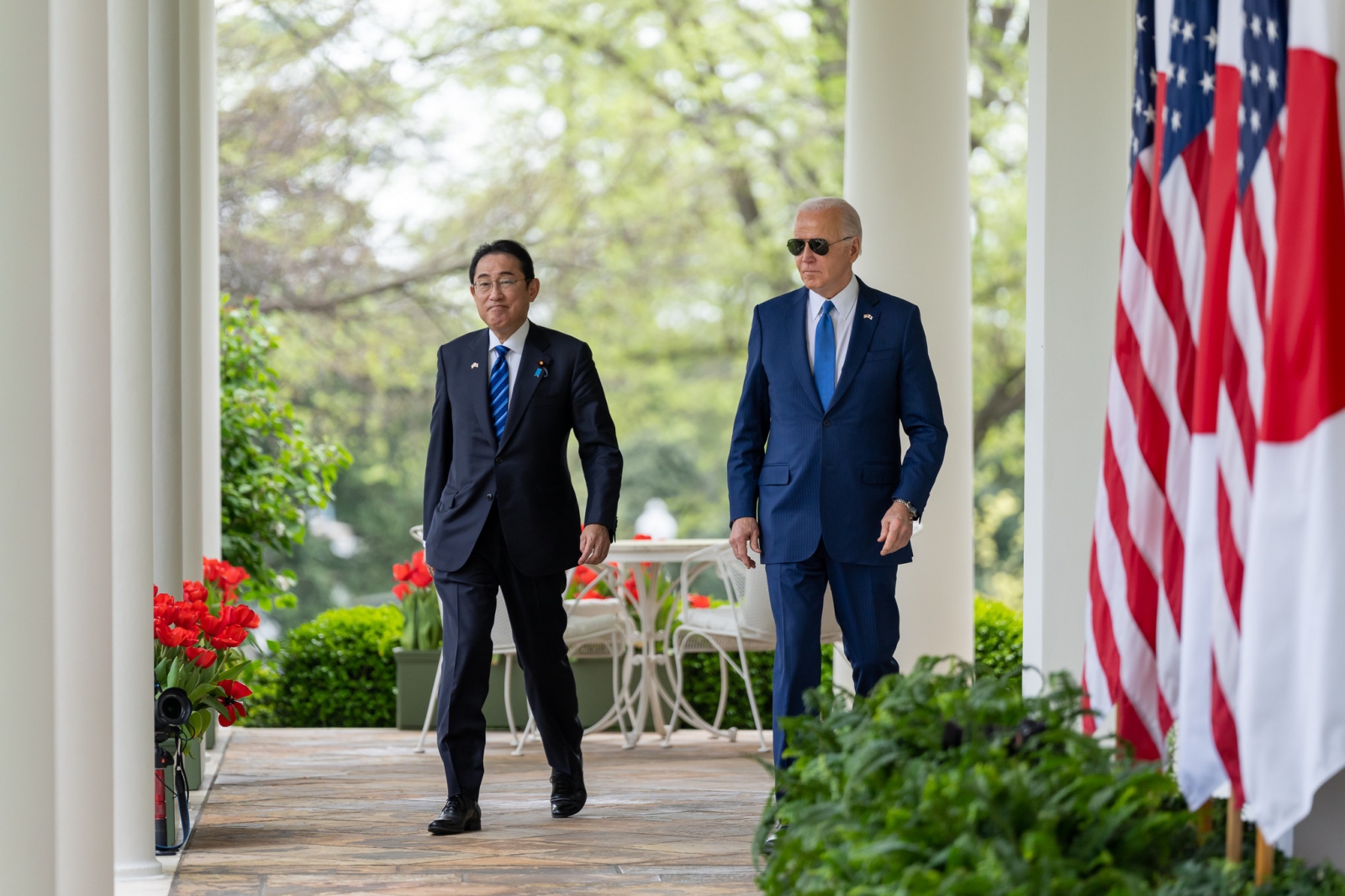
United States president Joe Biden has met Japanese prime minister Fumio Kishida in the White House. (Photo: The White House)
Japan has committed to collaborate with the United States as the first international partner in reducing costs and promoting the development of floating offshore wind projects primarily through the US Wind Shot initiative.
This statement released by the White House during the Japan’s Prime Minister, Fumio Kishida, visited the Washington to meet with President Joe Biden, and emphasized that their joint commitment aims to reduce technology costs, accelerate decarbonization efforts, and benefit coastal communities.
The US government expand floating offshore wind energy capacity and set a goal to 15 GW by 2035 to help displace fossil fuel for power generation. The Wind Shot initiative, launched in 2022, aims to significantly cut costs by more than 70%, reaching about $45 per megawatt-hour (MWh) by the next decade.
Since floating wind is a relatively new industry, it costs much higher compared to fixed-bottom offshore wind. According to the data from ‘2022 Cost of Wind Energy Review’ by the National Renewable Energy Laboratory (NREL), floating offshore wind projects required an estimated cost of $145 per megawatt-hour (MWh), represents a 50% higher than the conventional ones.

Goals of the Floating Offshore Wind Shot. (Graphic: energy.gov)
Japan has earmarked 120 billion yen (about 781 million USD) from its Green Innovation Fund to support the development of floating wind technology. In March, prominent Japanese energy companies, including the Mitsubishi Corp, Tokyo Gas, JERA, and other 14 companies formed an association and began to collaborate in developing this floating offshore wind industry.
Japan has set ambitious targets for offshore wind power, aiming to increase capacity to 10GW by 2030 and further elevate it to 30-45GW by 2040. However, according to Bloomberg New Energy Finance report, with the current progress, Japan’s capacity is projected to reach maximum of only 4.4GW within the next decade.


